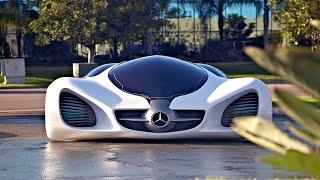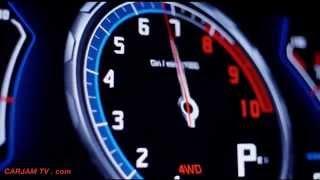Hello guys please subscribe to our channel EXTREME DRIVE & like this video . Thank you .....
it has already taken the lead among manufacturers in India by introducing the country’s first all-electric premium crossover – the Kona. The crossover is priced at Rs 25.30 lakh (ex-showroom, India) and will be sold via 15 Hyundai dealerships in 11 cities only.
The Kona appears to be a large hatchback with a crossover-like treatment rather than an SUV, as Hyundai likes to call it. Its split headlamps setup with slim indicators atop the LED projector look sharp, and what’s unique is that in place of an air dam seen in other cars, the Kona gets a neat body panel showcasing a ‘positive charge’ pattern. And what’s cool is that this section also houses the charging socket.
The 17-inch wheels look very stylish and so do the slim LED tail-lights. The Kona has been given a fair bit of SUV-like treatment with roof rails, beefy body cladding and has a generous ground clearance of 172mm (unladen). However, despite that, its shorter height and swoopy windows give it a silhouette of a raised i20 Active rather than a Creta. Even its dimensions are relatively compact and measuring 4,180mm in length, it is shorter than the Creta. It, however, is wider and has a longer wheelbase too.
The Kona's front seats are shared with the Elantra sedan, so the driver’s side gets electric adjust, and both the seats are ventilated; it gets a heating function too. While the seats are wide, side bolstering isn’t generous, and because of the sunroof, front headroom for taller occupants is a bit tight. Rearward visibility is slightly compromised too due to the slim rear windscreen.
Step into the rear, and the Kona's other weaknesses are revealed. The door cavity is a bit narrow, and because of the raised floor height (to accommodate the battery pack), you’re seated quite low, in a knees-up position. Knee- and legroom are tight, and there’s no space under the front seats for passengers to tuck their feet in. Its 332-litre boot is large enough to haul a family’s weekend luggage, and the Kona gets a space-saver beneath the boot floor.
In international markets, Hyundai offers the Kona electric in two configurations – with a long-range 64kWh battery and standard range 39.2kWh battery. India, however, will only get the 39.2kWh battery. In the ARAI test cycles, the Kona has achieved a range of 452km on a single charge, but this number has been achieved at a max speed of 50kph, under standard conditions. In the real world, 300km seems more realistic, which is still remarkable for an electric SUV.
it has already taken the lead among manufacturers in India by introducing the country’s first all-electric premium crossover – the Kona. The crossover is priced at Rs 25.30 lakh (ex-showroom, India) and will be sold via 15 Hyundai dealerships in 11 cities only.
The Kona appears to be a large hatchback with a crossover-like treatment rather than an SUV, as Hyundai likes to call it. Its split headlamps setup with slim indicators atop the LED projector look sharp, and what’s unique is that in place of an air dam seen in other cars, the Kona gets a neat body panel showcasing a ‘positive charge’ pattern. And what’s cool is that this section also houses the charging socket.
The 17-inch wheels look very stylish and so do the slim LED tail-lights. The Kona has been given a fair bit of SUV-like treatment with roof rails, beefy body cladding and has a generous ground clearance of 172mm (unladen). However, despite that, its shorter height and swoopy windows give it a silhouette of a raised i20 Active rather than a Creta. Even its dimensions are relatively compact and measuring 4,180mm in length, it is shorter than the Creta. It, however, is wider and has a longer wheelbase too.
The Kona's front seats are shared with the Elantra sedan, so the driver’s side gets electric adjust, and both the seats are ventilated; it gets a heating function too. While the seats are wide, side bolstering isn’t generous, and because of the sunroof, front headroom for taller occupants is a bit tight. Rearward visibility is slightly compromised too due to the slim rear windscreen.
Step into the rear, and the Kona's other weaknesses are revealed. The door cavity is a bit narrow, and because of the raised floor height (to accommodate the battery pack), you’re seated quite low, in a knees-up position. Knee- and legroom are tight, and there’s no space under the front seats for passengers to tuck their feet in. Its 332-litre boot is large enough to haul a family’s weekend luggage, and the Kona gets a space-saver beneath the boot floor.
In international markets, Hyundai offers the Kona electric in two configurations – with a long-range 64kWh battery and standard range 39.2kWh battery. India, however, will only get the 39.2kWh battery. In the ARAI test cycles, the Kona has achieved a range of 452km on a single charge, but this number has been achieved at a max speed of 50kph, under standard conditions. In the real world, 300km seems more realistic, which is still remarkable for an electric SUV.
- Category
- Autos & Vehicles













Comments